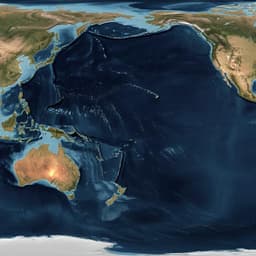
Earth Sciences
Precipitation in eastern China over the past millennium varied with large-scale climate patterns
M. Wang, C. Hu, et al.
Discover the intriguing patterns of modern precipitation variability in East China. This research, conducted by Mengyu Wang and colleagues, reveals how ancient stalagmite records unveil the interplay of solar variability and ocean dynamics over the last millennium, influencing rainfall through complex oscillations.
~3 min • Beginner • English
Related Publications
Explore these studies to deepen your understanding of the subject.







